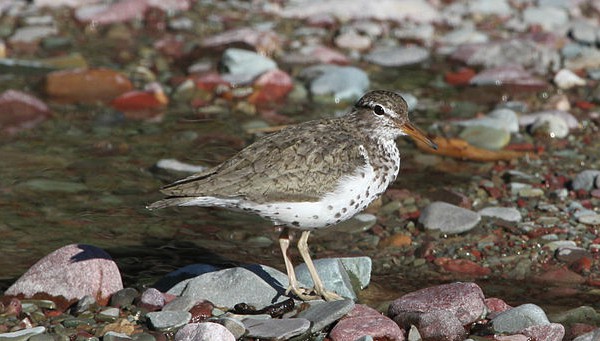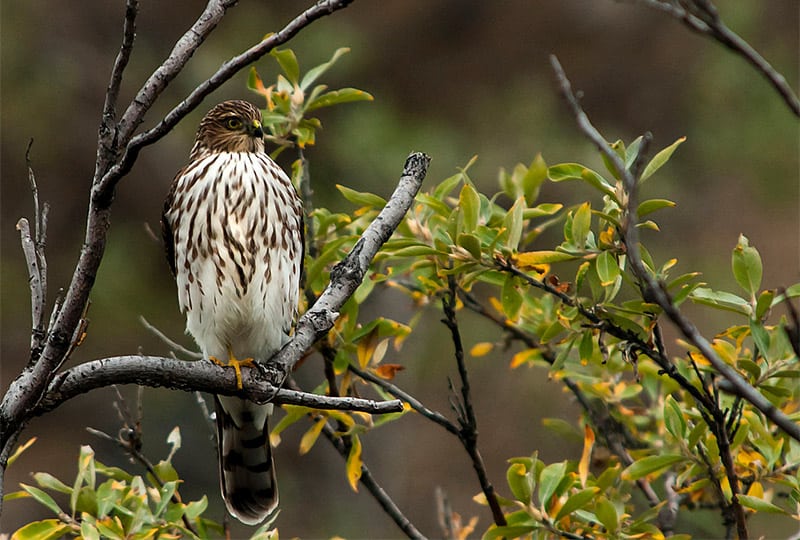Fall birds of South Carolina (September, October, November)
Fall is a season of active bird migration in South Carolina. Much of this migration; however, is seldom noticed by observers because it occurs at night. During the clear quiet predawn hours in fall it is often possible to hear various flight call notes from the passing parade of migrant thrushes and wood warblers overhead. Other birds migrate by day, being consequently more visible and sometimes spectacular, as a few species congregate in large numbers during their flight south.
One of these interesting spectacles is the migration of the common nighthawk in late August and early September. During this brief period in early fall, observers in the late afternoon or early evening hours can sometimes see hundreds of migrating nighthawks passing by overhead. The largest concentrations of nighthawks are often observed in flight near water, such as a lake shore or along a river in open country. Migration of this species appears to be particularly prominent in the piedmont and foothills region of the state.
Another impressive migration phenomenon is the broad-winged hawk migration over the mountains. Each September bird watchers converge at Caesars Head State Park in the mountains of Greenville County to witness the fall hawk migration, one of nature’s most spectacular and awe-inspiring events. The fall passage of the broad-winged hawks in this area occurs from mid-September through early October, with peak flights typically taking place the week of September 20th through the 26th. In most years hawk watchers count up to 10,000 birds at this location.
Caesars Head is located near the southeastern terminus of the Blue Ridge Mountains in a geographical region known as the Blue Ridge Escarpment. Here the mountains drop off sharply into the piedmont, and geologic features such as monadnocks and rock outcroppings are common. These features produce excellent thermals, which are basically rising bubbles of warm air. Thermals facilitate easy energy-conserving flight by providing lift for migrating hawks. When migrating hawks locate a thermal, they climb aloft in a milling tornado-like formation called a kettle. As they reach the top, the thermal dissipates and the swirling mass of birds peel off one at a time, gliding southward on angled, fixed wings.
Similar wind conditions occur along the coastal beaches. Here migrating raptors can also be observed, including impressive flights of ospreys and good numbers of falcons, such as American kestrels, merlins, and peregrine falcons. Another abundant fall migrant along the coast is the tree swallow. Each year in October thousands of these graceful birds migrate over the coastal landscape, their immense flocks observed dipping and rising over the open expanses of salt marsh and beach.
As winter approaches blackbirds congregate into mixed flocks and are often seen traveling in large numbers from evening roosts to their feeding grounds. Cedar waxwings also commonly occur in November and are frequently found feeding on dogwood and other types of berries. One of our latest-arriving migrants is the red-tailed hawk. These large familiar hawks are commonly seen perched along interstate highways where grassy mediums support their favored food, the hispid cotton rat.




